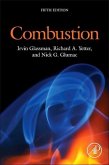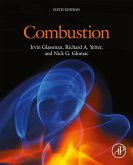Ähnliche Artikel
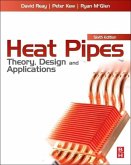
Gebundenes Buch
Theory, Design and Applications
6. Aufl.
22. November 2013
Butterworth-Heinemann
44534296
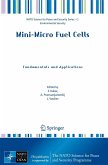
Gebundenes Buch
Fundamentals and Applications
2008 edition
8. April 2008
Springer / Springer Netherlands
12030422,978-1-4020-8293-1

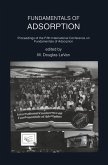
Gebundenes Buch
Proceedings of the Fifth International Conference on Fundamentals of Adsorption
1996.
31. Juli 1996
Springer / Springer US / Springer, Berlin
978-0-7923-9713-7
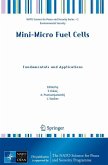
Broschiertes Buch
Fundamentals and Applications
2008
3. April 2008
Springer / Springer Netherlands
12227662,978-1-4020-8294-8
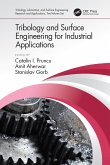
Gebundenes Buch
24. November 2021
CRC Press


Gebundenes Buch
Multiscale Phenomena Volume 21
18. November 2017
Academic Press
C2014-0-01243-9
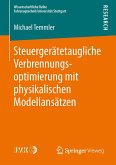
Broschiertes Buch
2014
23. Oktober 2014
Springer Fachmedien Wiesbaden / Springer Vieweg / Springer, Berlin
978-3-658-07652-8

Broschiertes Buch
12. Aufl.
1. Januar 1919
Springer / Springer Berlin Heidelberg / Springer, Berlin
978-3-662-35594-7
Ähnlichkeitssuche: Fact®Finder von OMIKRON

